Europe’s railway heritage represents one of the continent’s most significant cultural and architectural achievements. While famous terminals like Paris’s Gare du Nord and London’s St. Pancras enjoy well-deserved recognition, countless architectural gems remain hidden across the European landscape.
Here is a list of 20 forgotten railway stations across Europe that deserve recognition as true architectural masterpieces.
Canfranc Station, Spain
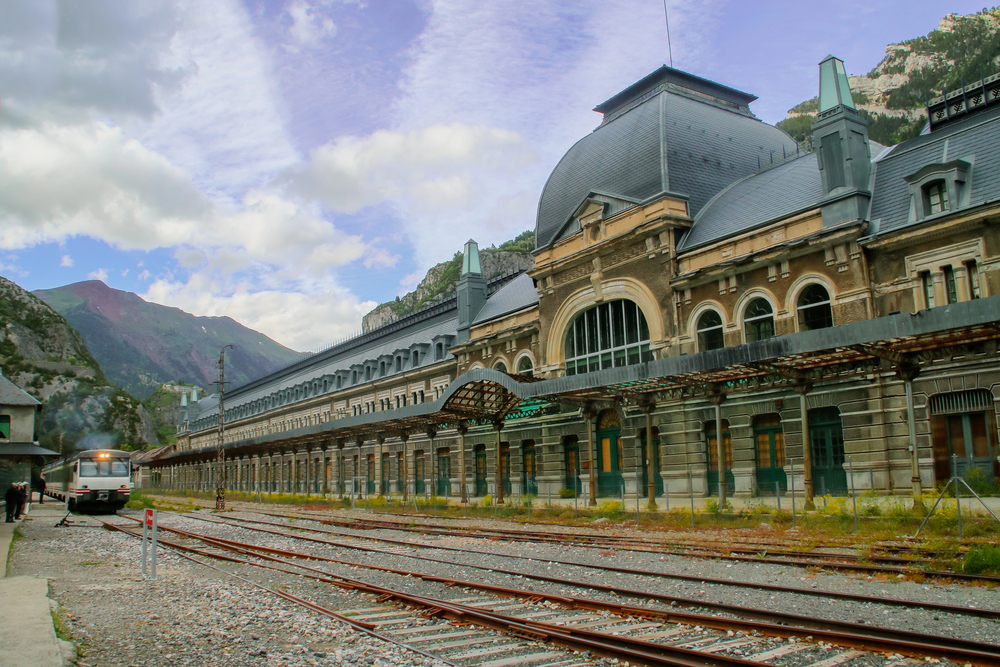
Stranded in the Pyrenees along the Spanish-French border, Canfranc International Railway Station opened in 1928 as a symbol of cross-border cooperation. The enormous 787-foot-long main building features 365 windows and 156 doors, earning it the nickname ‘The Titanic of the Mountains’ for its massive scale in such a remote location.
Zvenigorod Station, Russia
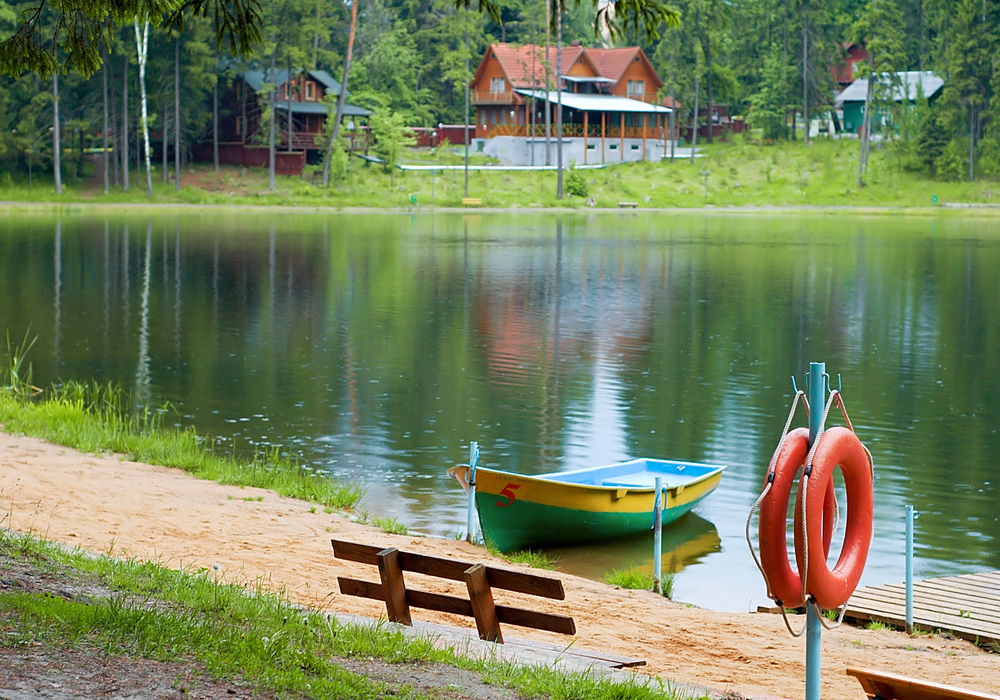
Located outside Moscow, this early 20th-century wooden station exemplifies the distinctive Russian terem style rarely seen in transportation architecture. The structure features ornate wooden lacework, intricate carvings, and multicolored paint schemes that draw from traditional Russian folk architecture rather than the Western European styles typically chosen for important railway buildings.
Like Travel Pug’s content? Follow us on MSN.
Tarasp-Vulpera Station, Switzerland
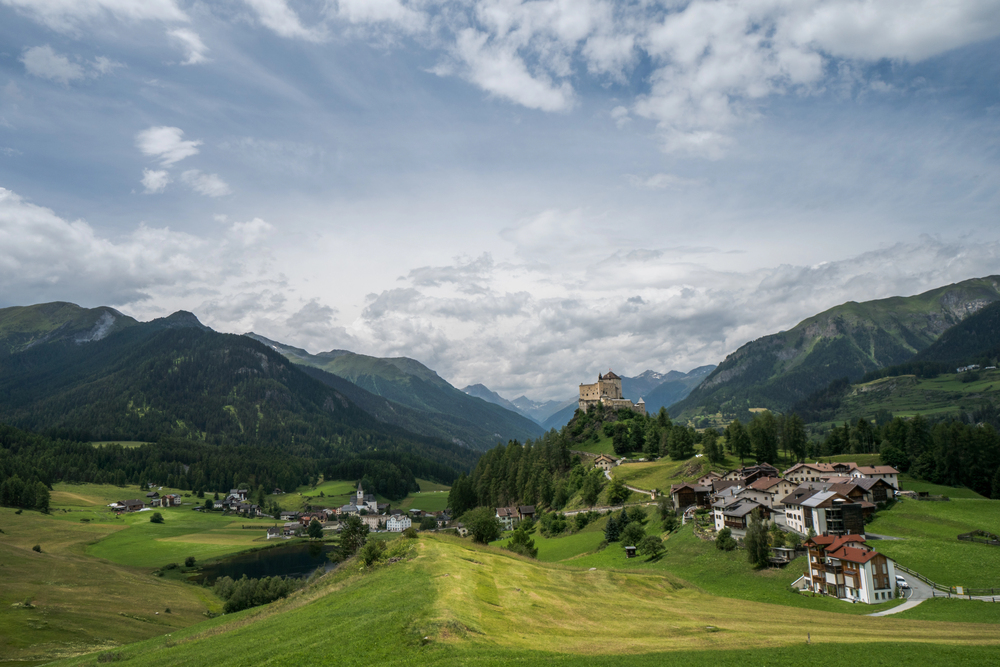
Nestled in Switzerland’s Lower Engadin Valley, this fairy-tale station built in 1913 combines the regional Engadine style with Swiss national romanticism to create a structure more resembling an alpine chalet than a transport facility. The station’s distinctive sgraffito decorations—created by scratching through surfaces to reveal contrasting layers beneath—feature traditional regional motifs and scenes of local life executed with extraordinary craftsmanship.
Abbazia Stazione, Croatia
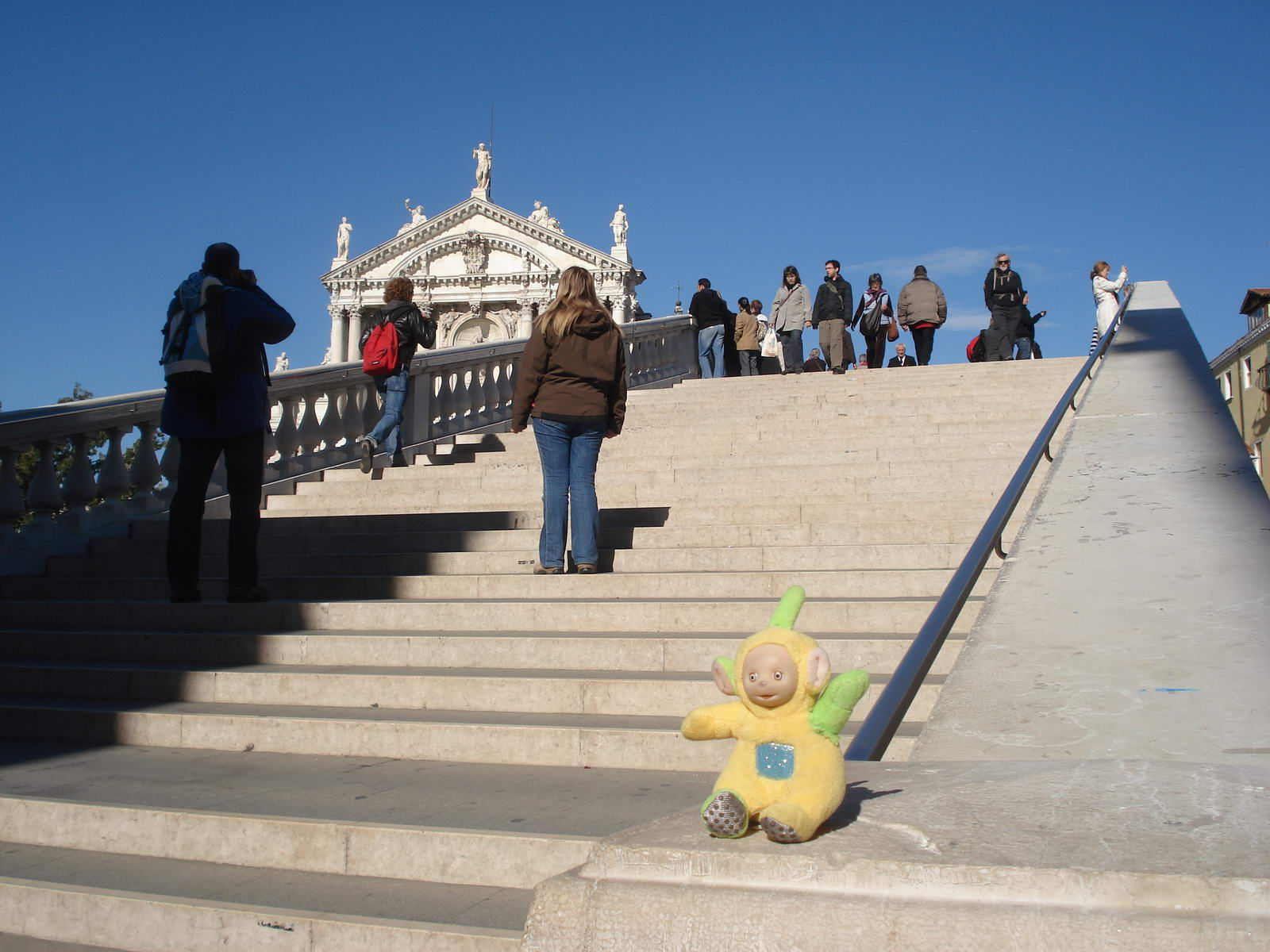
Built when Opatija (then called Abbazia) was the Austro-Hungarian Empire’s most fashionable seaside resort, this Mediterranean masterpiece combined Vienna Secession styling with coastal Italian influences. The station’s remarkable ceramic tilework, featuring maritime motifs and floral patterns in vibrant blues and greens, has survived largely intact despite decades of political changes and periods of neglect.
Almería Station, Spain
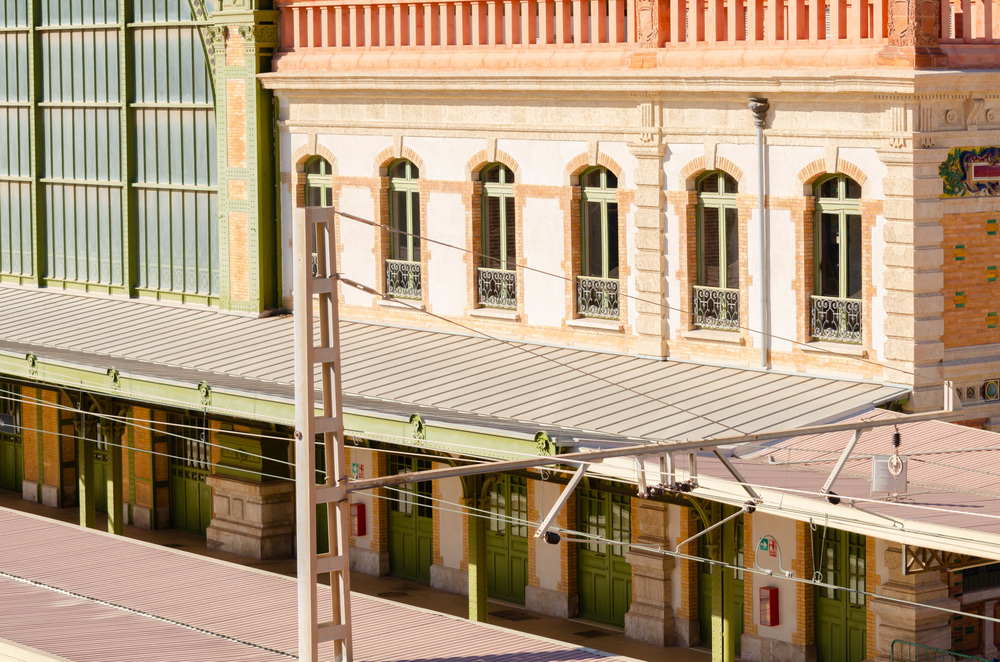
Standing in surprising isolation in Spain’s southeastern corner, Almería’s 1893 iron and glass station represents one of Spain’s finest examples of industrial architecture infused with Neo-Mudéjar styling. The station’s wrought iron supports create a cathedral-like main hall, while horseshoe arches and geometric tilework reference the region’s Moorish heritage.
Like Travel Pug’s content? Follow us on MSN.
Orsova Station, Romania
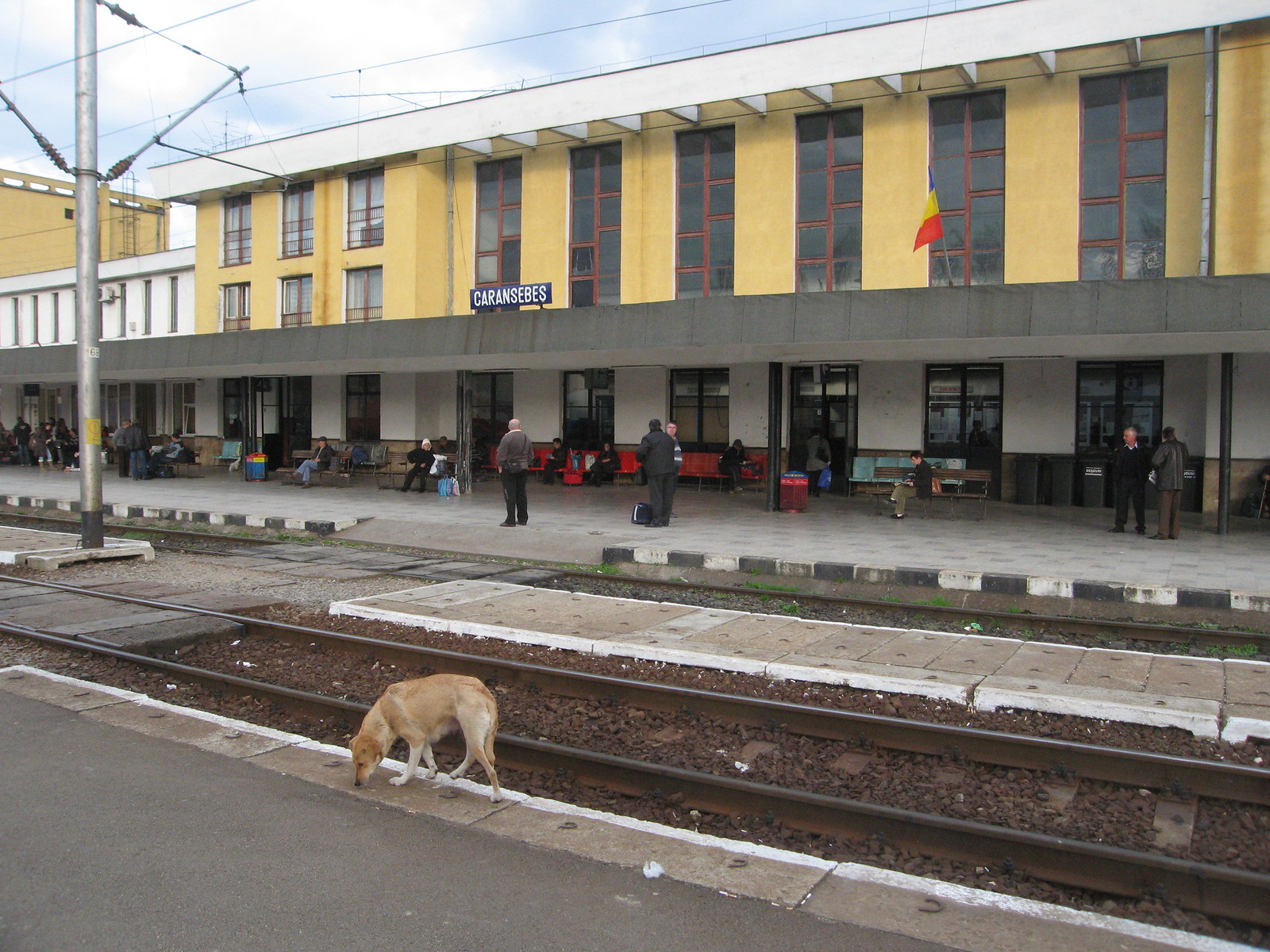
Built during Romania’s ambitious interwar modernization program, Orsova Station creates a striking modernist monument in an unexpected location along the Danube River. The station’s distinctive concrete curves, porthole windows, and streamlined profiles evoke the era’s fascination with transportation, particularly ships—appropriate for a station serving both rail and river traffic.
Kelenföldi Station, Hungary
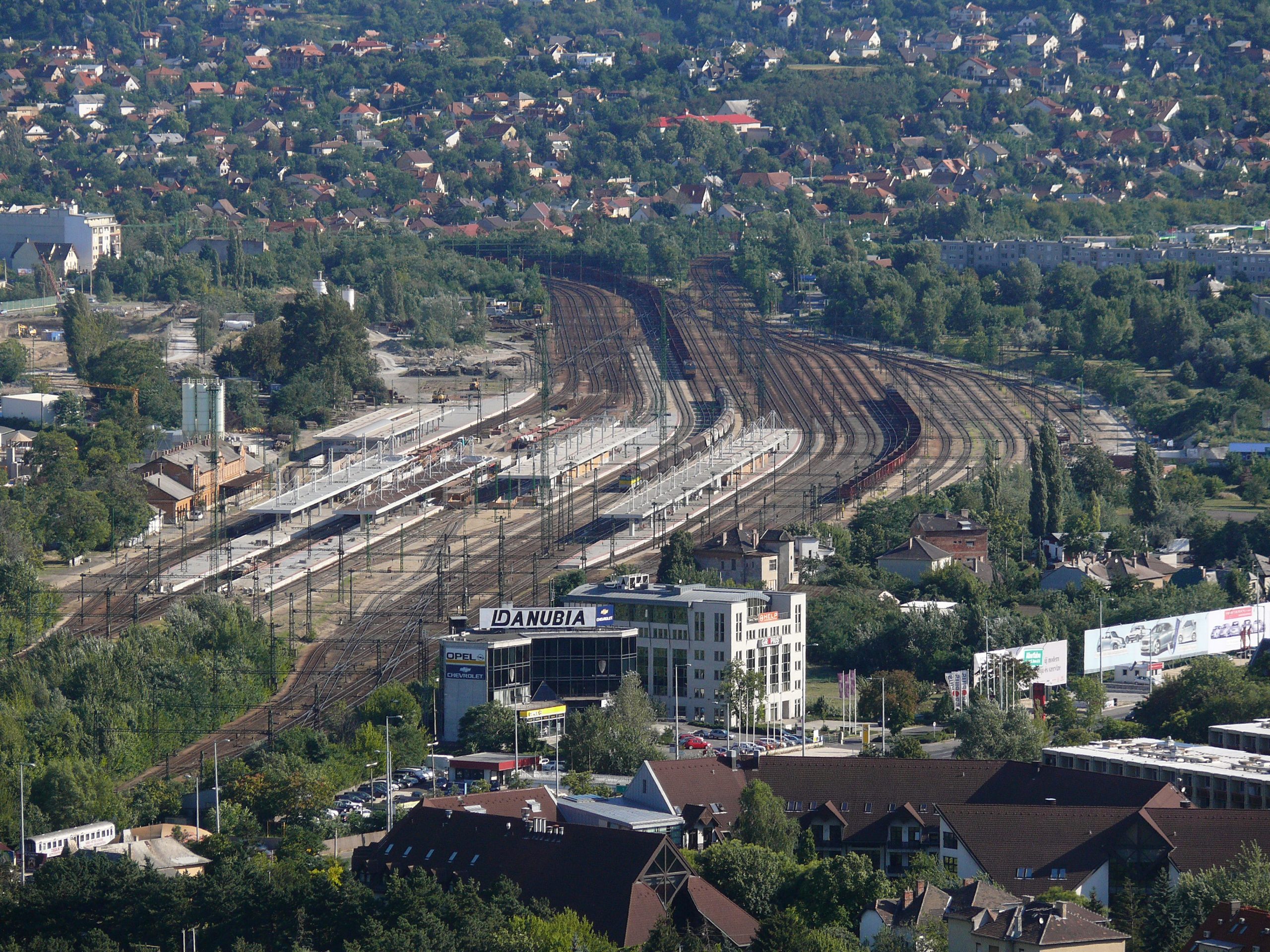
This Budapest station stands as one of Europe’s finest examples of fully realized Art Deco railway architecture, featuring a dramatic reinforced concrete dome over its main hall. Designed by Gyula Mészáros in 1929, the station incorporates geometric motifs, stepped skylight arrangements, and streamlined forms that embody the era’s forward-looking optimism.
Liverpool Road Station, England
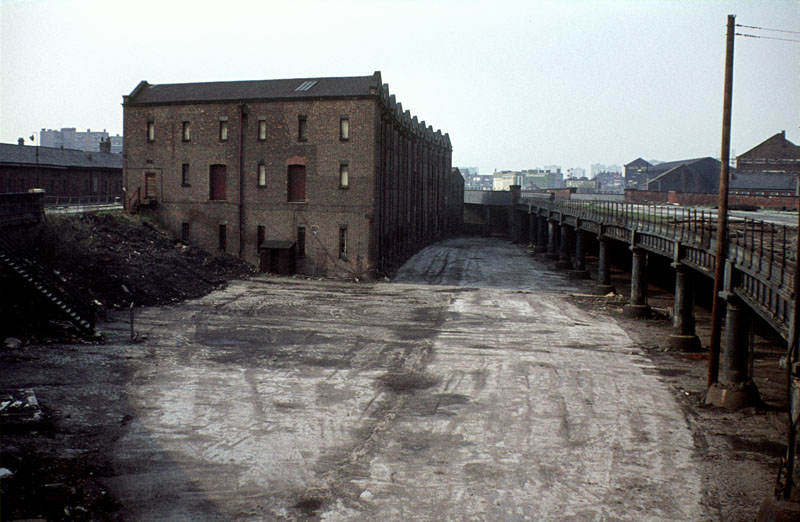
As Manchester’s terminus for the world’s first inter-city passenger railway, this 1830 station predates most conventional railway architecture, with engineers and builders inventing station design concepts that would later become standardized. The classical façade, with its distinctive columns and pediment, established the pattern of stations emulating civic buildings to elevate rail travel’s cultural status.
Like Travel Pug’s content? Follow us on MSN.
Wemyss Bay Station, Scotland
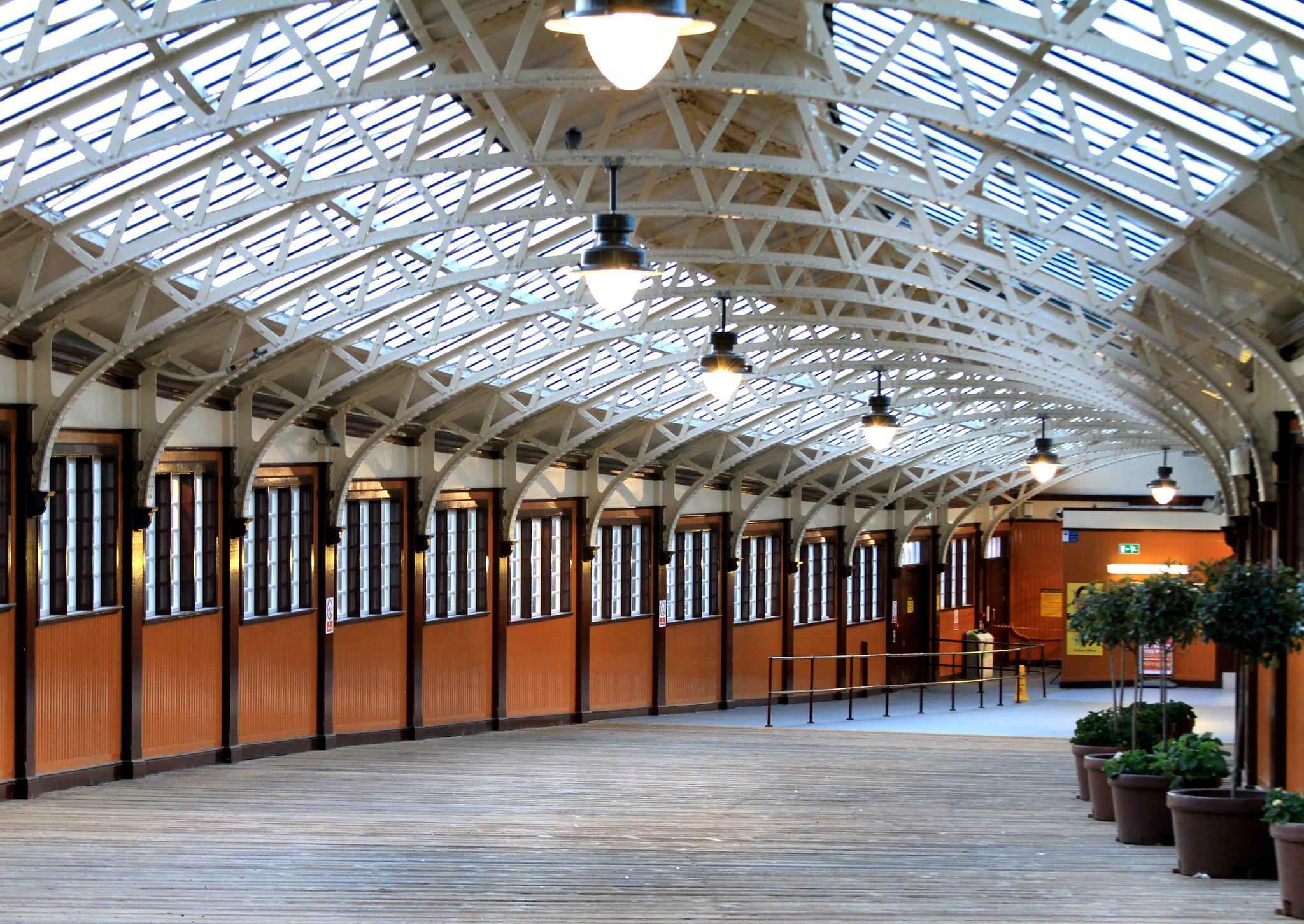
This seaside station on Scotland’s west coast combines practical transportation requirements with unexpected elegance through its extraordinary glass and steel canopy that flows in graceful curves from the railway platforms to the adjoining ferry terminal. Designed by James Miller in 1903, the station features a remarkable circular booking hall with a glass dome roof, creating natural illumination that changes throughout the day.
Neuschwanstein Station, Germany
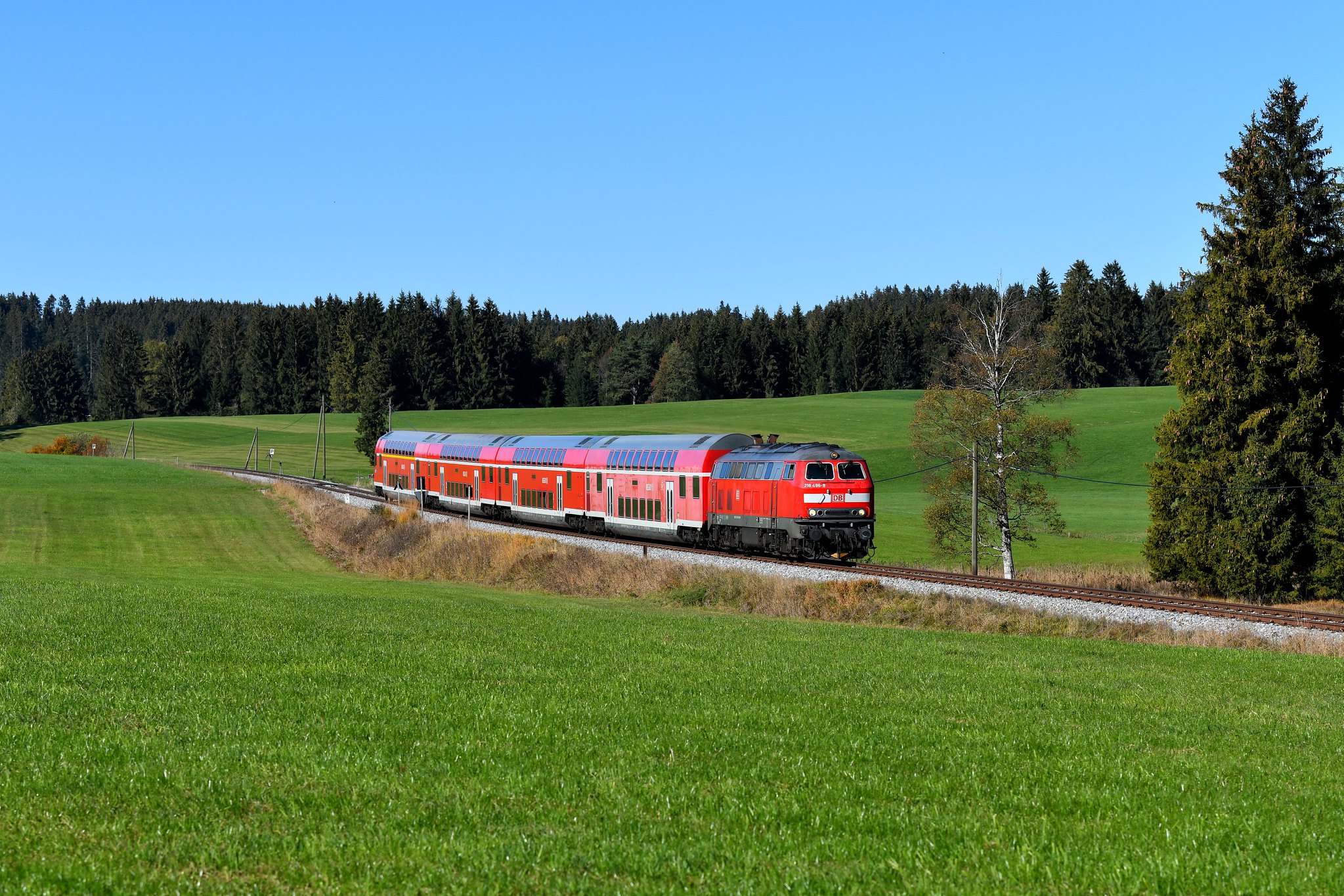
Built exclusively to serve King Ludwig II’s fairy-tale castle, this private royal station combined Bavarian vernacular elements with subtle Gothic Revival touches that complemented the nearby castle without competing with it. The station’s distinctive wooden latticework, decorative gables, and integrated turret created a suitable arrival experience for 19th-century aristocratic guests visiting the eccentric king.
Vitebsky Station, Russia
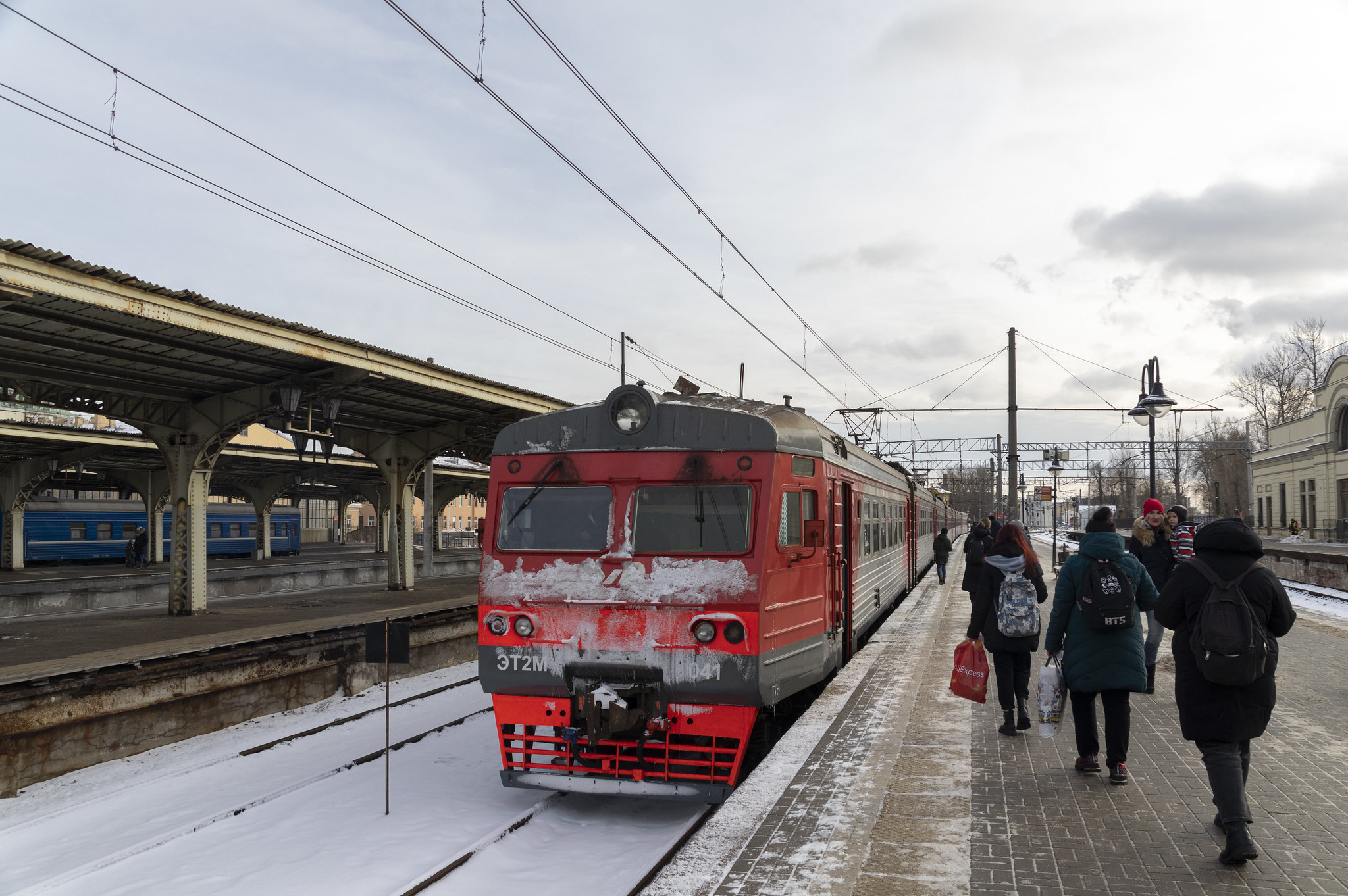
While still technically operational, St. Petersburg’s oldest railway terminal has become a shadow of its former glory as the majority of traffic has been redirected to newer facilities. The station’s magnificent Art Nouveau interiors feature one of Europe’s finest collections of railway architectural art, including spectacular sweeping staircases, stained glass skylights, and elaborate metal fixtures.
Like Travel Pug’s content? Follow us on MSN.
Estação do Rossio, Portugal
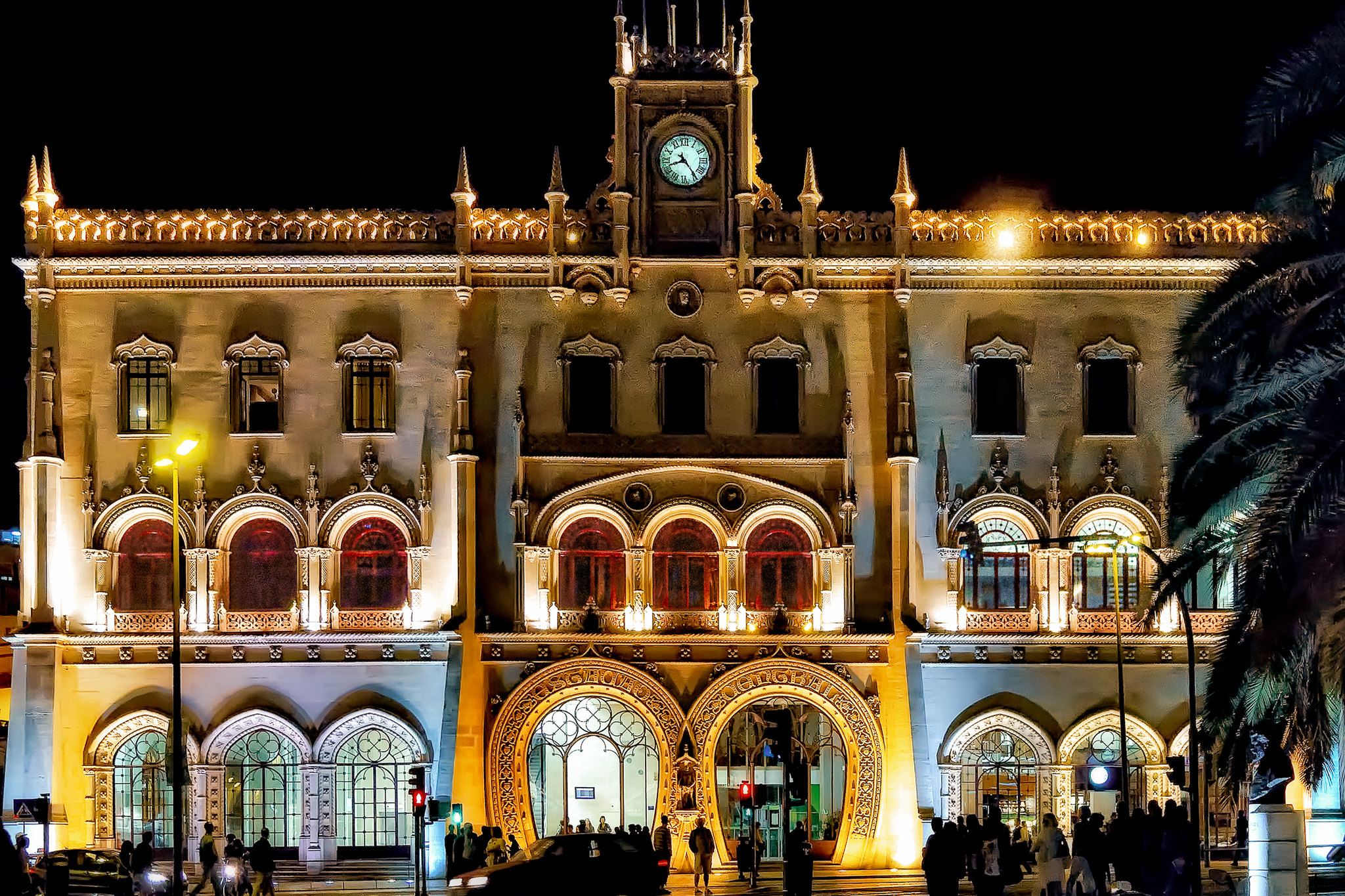
Lisbon’s Neo-Manueline marvel features a horseshoe-shaped entry portal that ranks among Europe’s most distinctive railway façades, elaborately decorated with symbols of Portuguese maritime discoveries and royal emblems. The station’s integration of railway technology with nationalist historical references created a structure celebrating Portugal’s past achievements while enabling its modernization.
Magyar Vasúttörténeti Park Station, Hungary
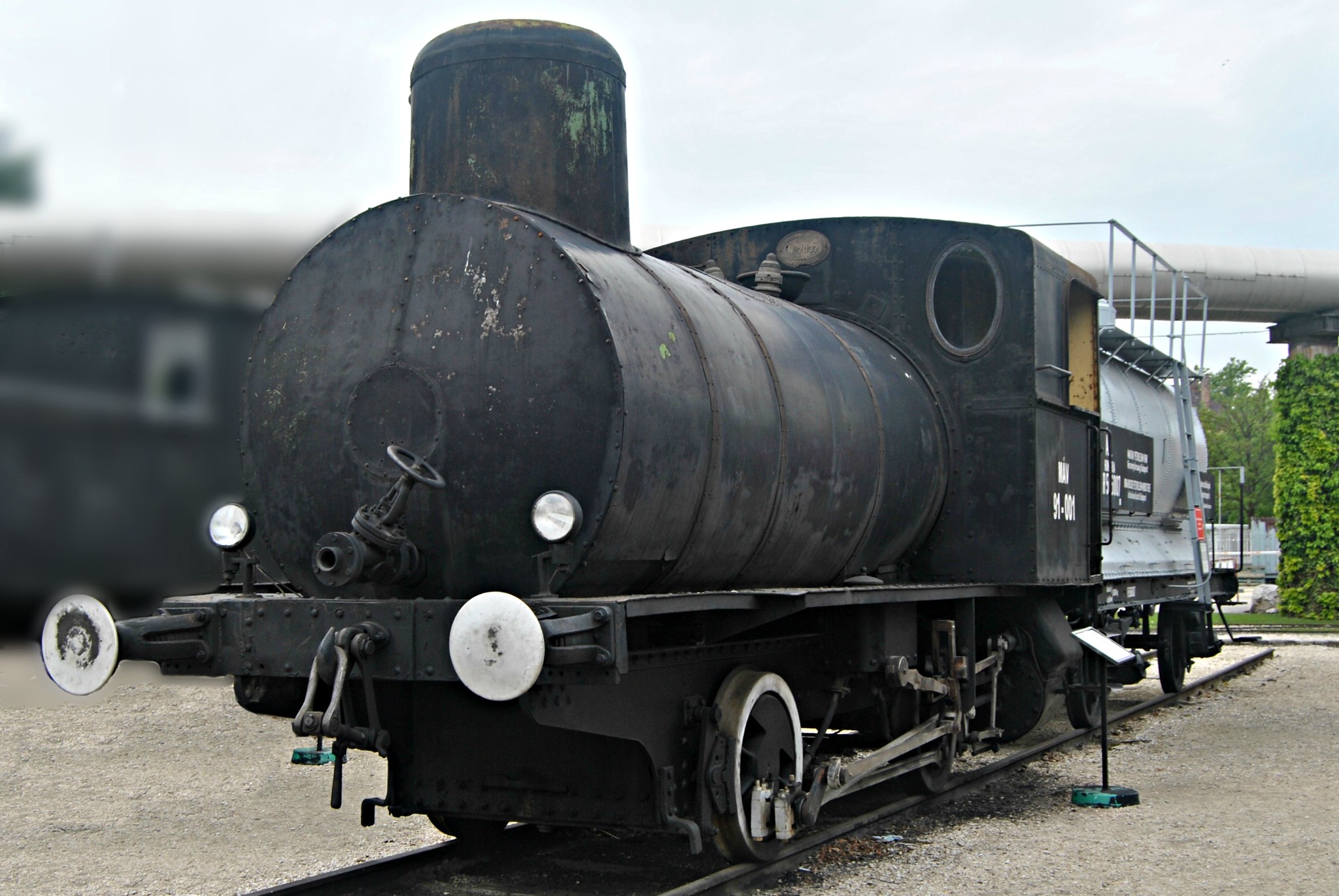
This extraordinary circular roundhouse depot near Budapest represents the pinnacle of functional railway architecture transformed into monumental civic expression. The structure’s radial design allowed 24 steam locomotives to be serviced simultaneously around a massive central turntable, with clerestory windows providing natural light to the work areas below.
Atocha’s Forgotten Concourse, Spain
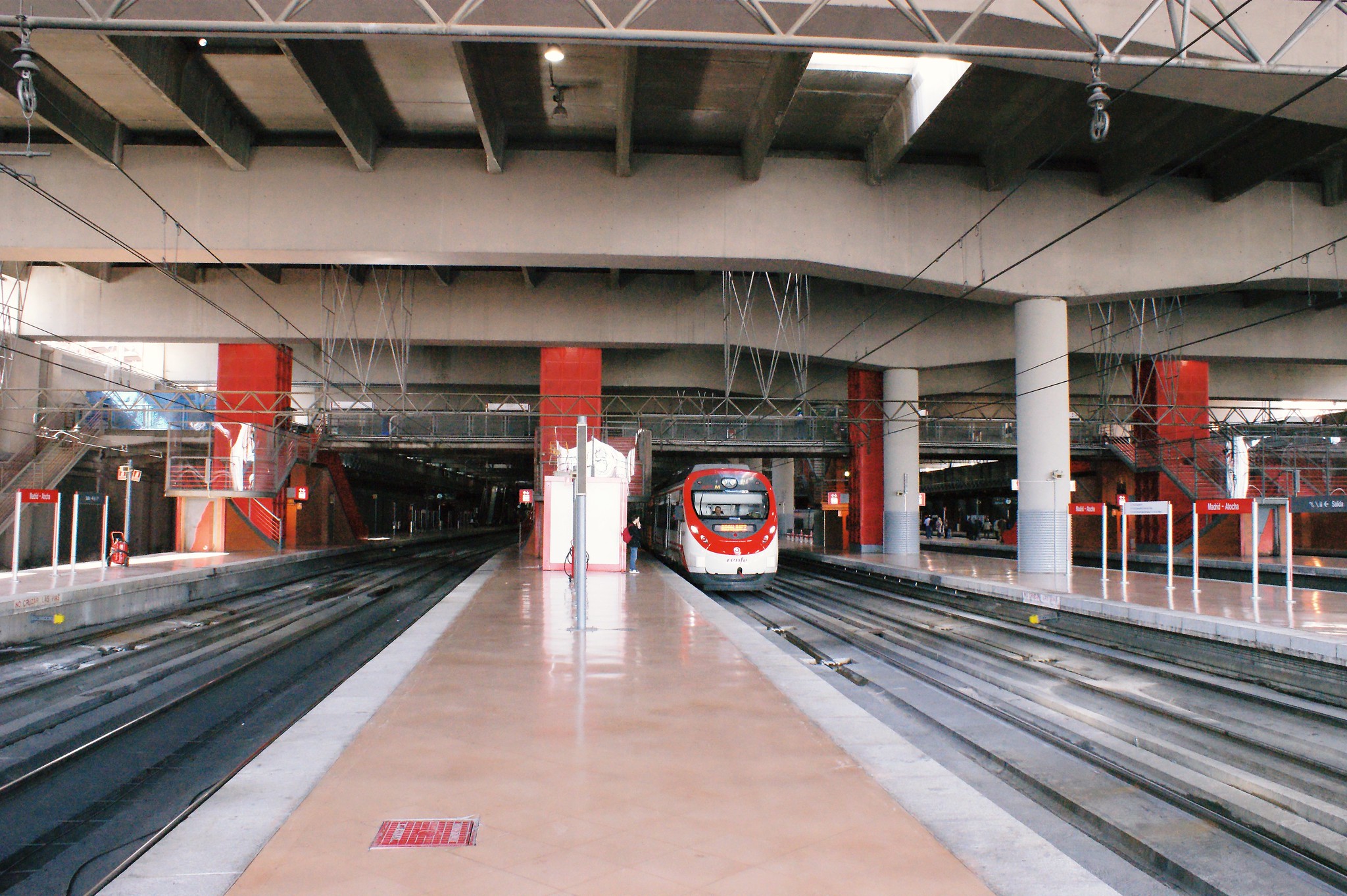
While Madrid’s Atocha remains an active transport hub, its original concourse, designed by Alberto de Palacio, has been transformed into a tropical garden surrounded by wrought iron and glass architecture of extraordinary delicacy. The vast glass vault, supported by slender painted columns with minimal ornamentation, creates an ethereal quality rarely achieved in 19th-century industrial structures.
Like Travel Pug’s content? Follow us on MSN.
Varenna-Esino Station, Italy
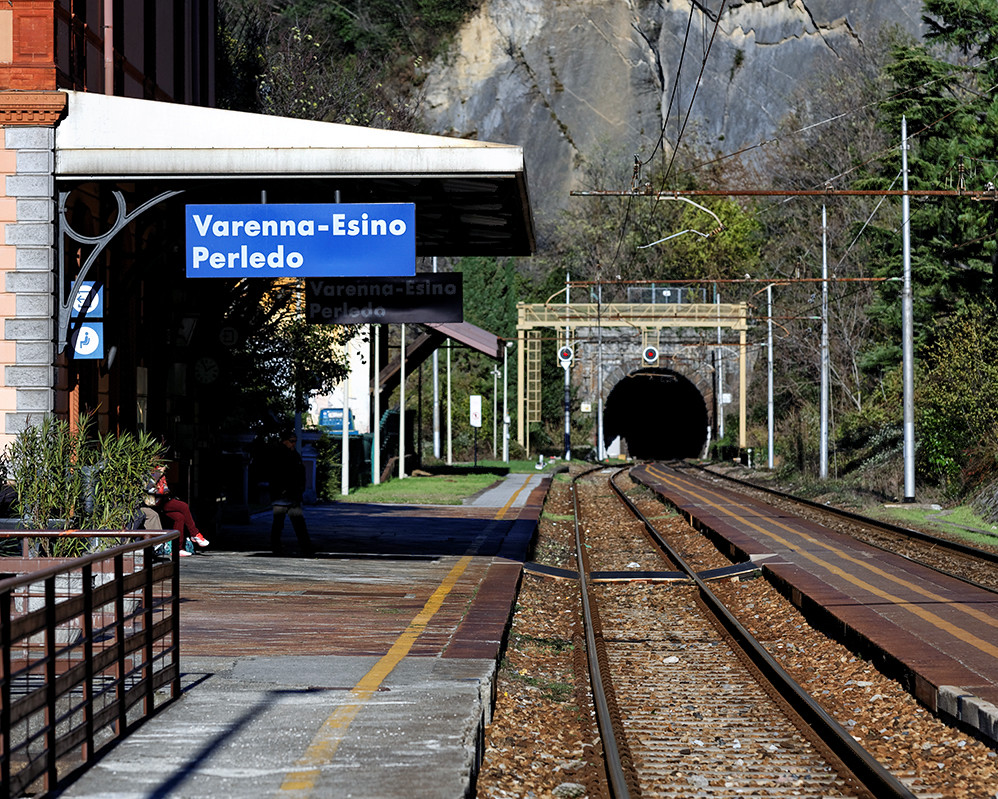
Perched between steep mountains and Lake Como, this small station exemplifies the extraordinary lengths railway designers once went to create harmonious architecture even at minor rural stops. The station’s perfectly proportioned Renaissance-inspired loggia, featuring classical columns and arches overlooking the lake, creates a viewing platform that frames the landscape like a living painting.
Sirkeci Station, Turkey
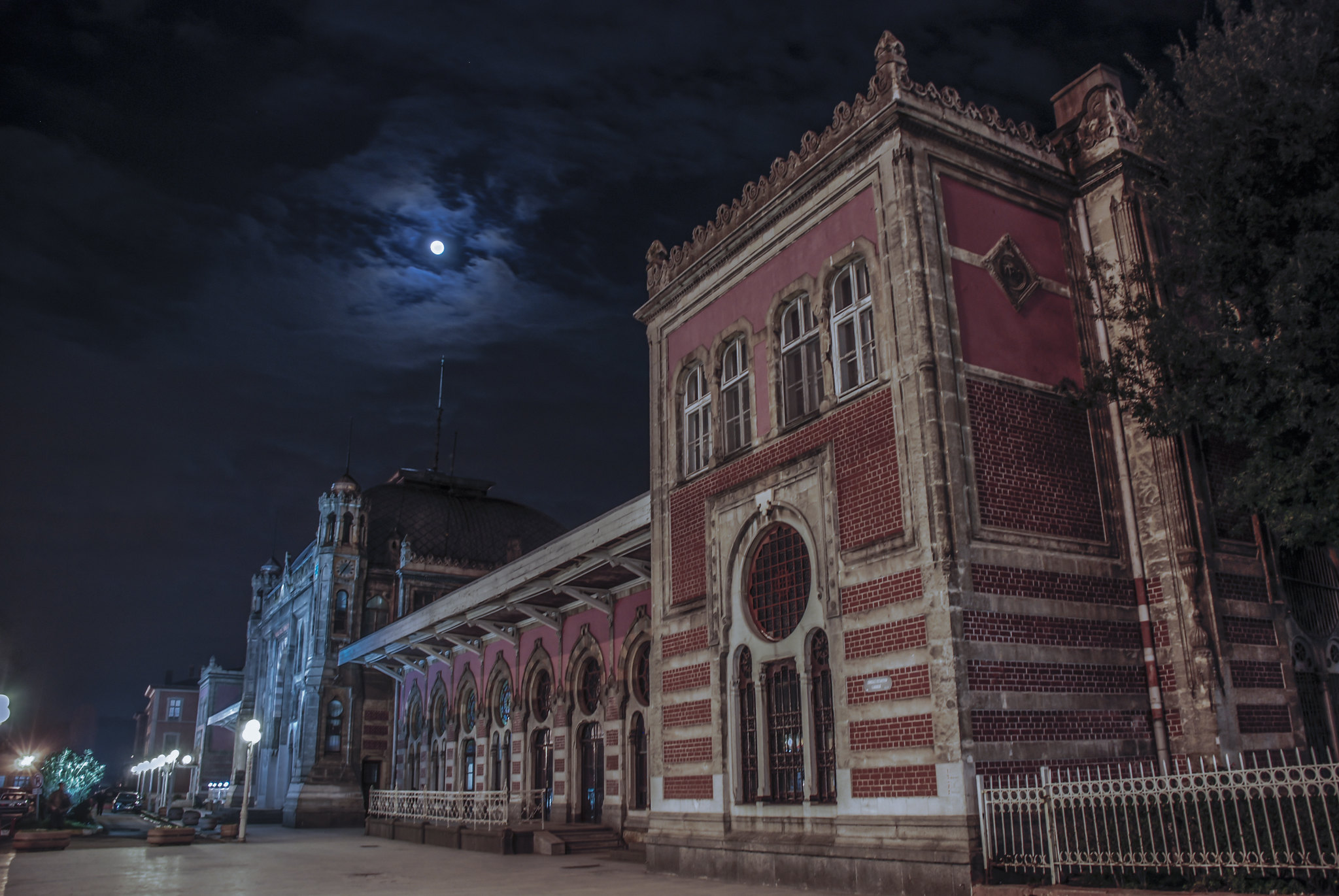
The original European terminus of the Orient Express features a distinctive blend of Western architectural techniques with Ottoman decorative traditions under the direction of German architect August Jasmund. The station’s stone façade combines traditional Islamic motifs with Western planning, while the interior features remarkable Moorish-style arches, decorative tile work, and stained glass that creates colored light patterns across marble floors.
Helsinki’s Old Railway Building, Finland
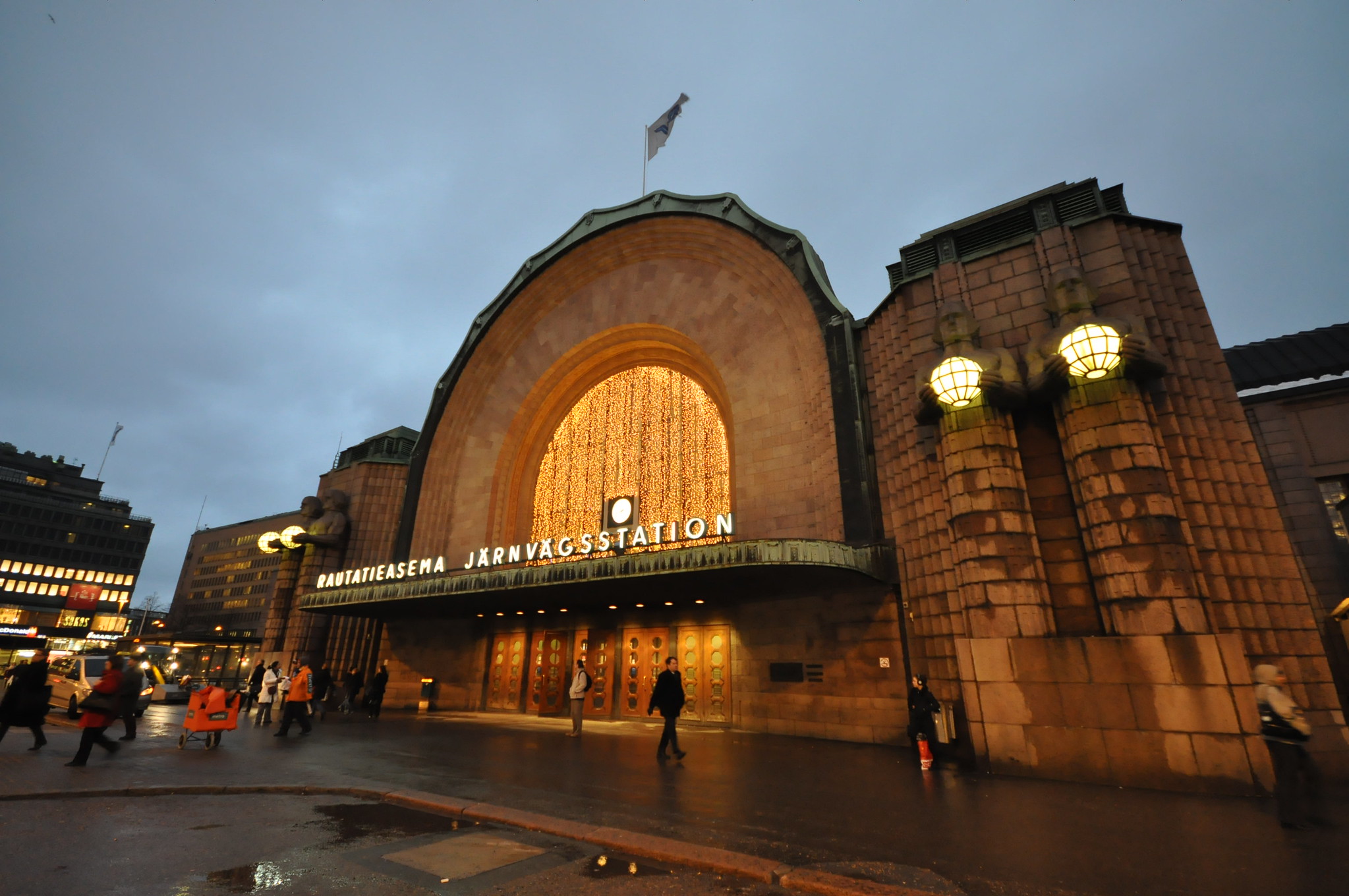
This remarkable circular building within Helsinki’s active main station complex exemplifies Finnish National Romantic style through its distinctive combination of natural stone surfaces, stylized plant motifs, and references to Finnish mythology. The structure’s integrated clock tower, asymmetrical composition, and hand-crafted details create a striking counterpoint to the functionalist approach that would later dominate transportation architecture.
Like Travel Pug’s content? Follow us on MSN.
Mauá Station, Portugal
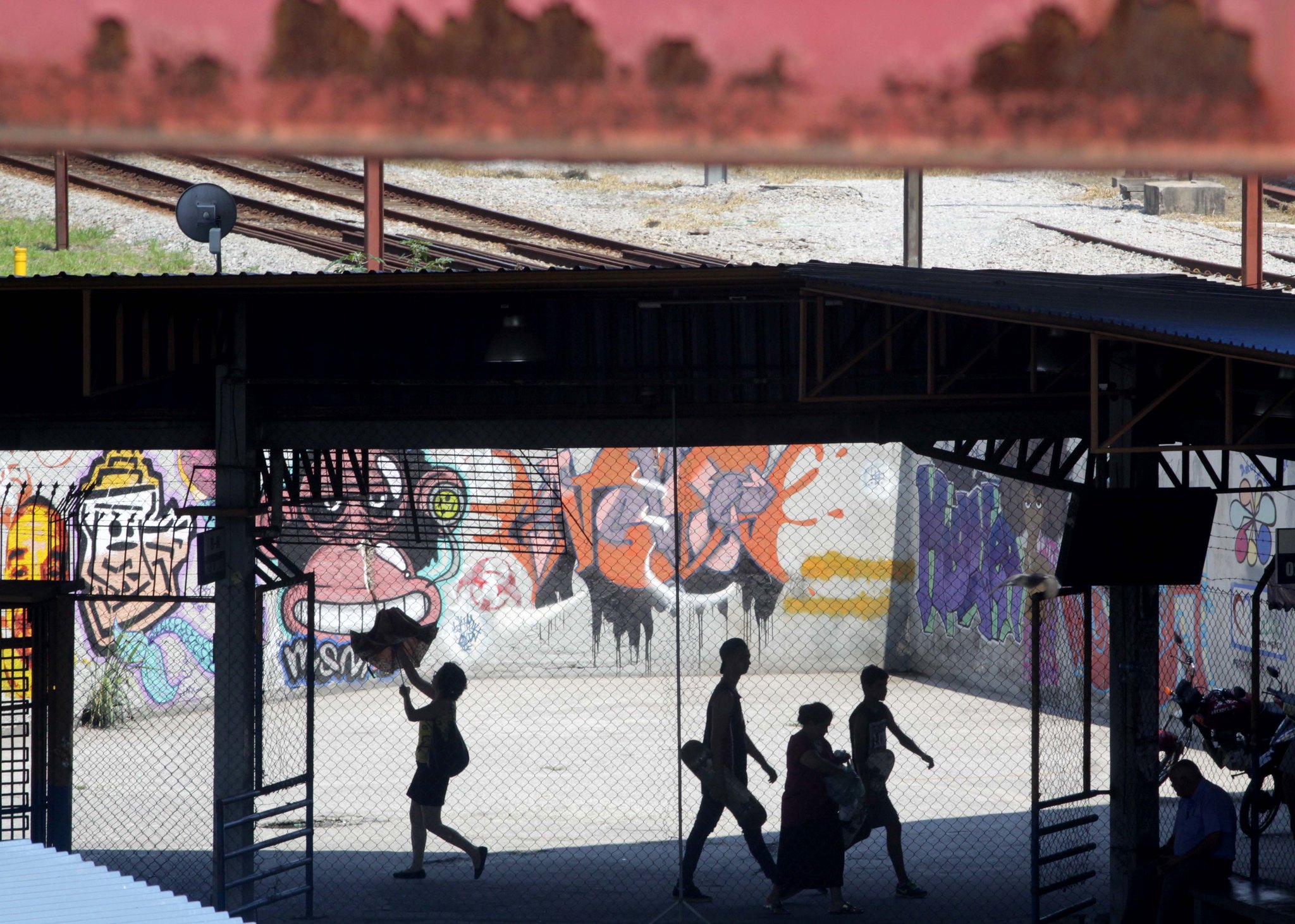
Located in Porto but designed by Gustave Eiffel’s firm before his Parisian tower made him famous, this iron and glass structure demonstrates how railway architecture fostered innovative engineering approaches that would later transform construction worldwide. The station’s remarkably slender iron columns support a complex roof structure with minimal material, creating an interior space filled with light despite its industrial functions.
Duisburg Landscape Park Station, Germany
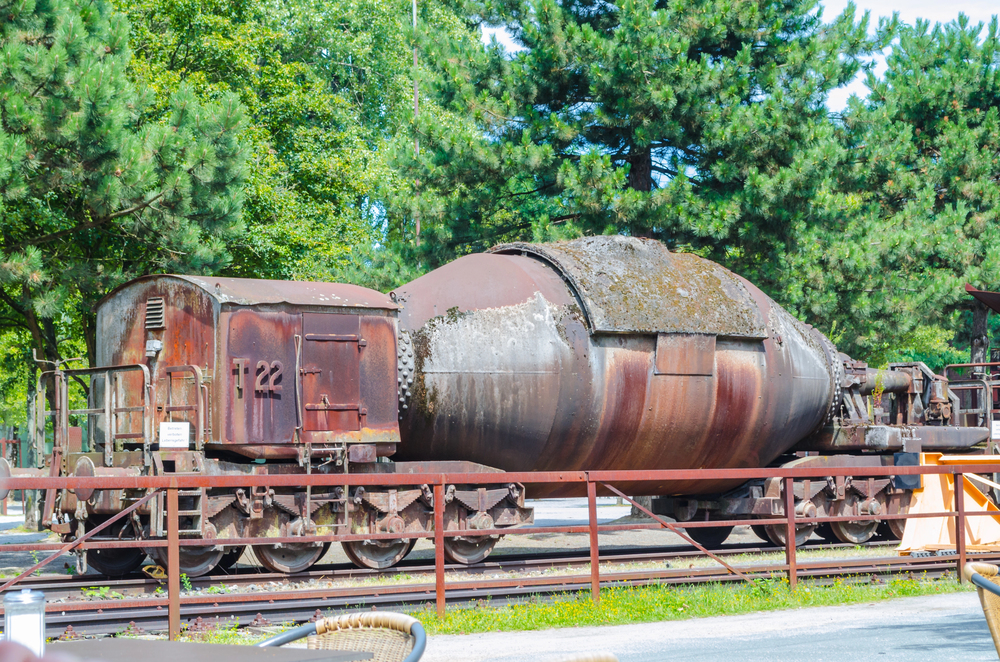
This former industrial railway station within the Ruhr Valley has been spectacularly integrated into a landscape recovery project that transforms industrial heritage into public space without erasing its historical significance. The station’s original platforms now serve as elevated walkways through the managed wilderness, while former track beds have become distinctive linear gardens.
Bygdøy Royal Station, Norway
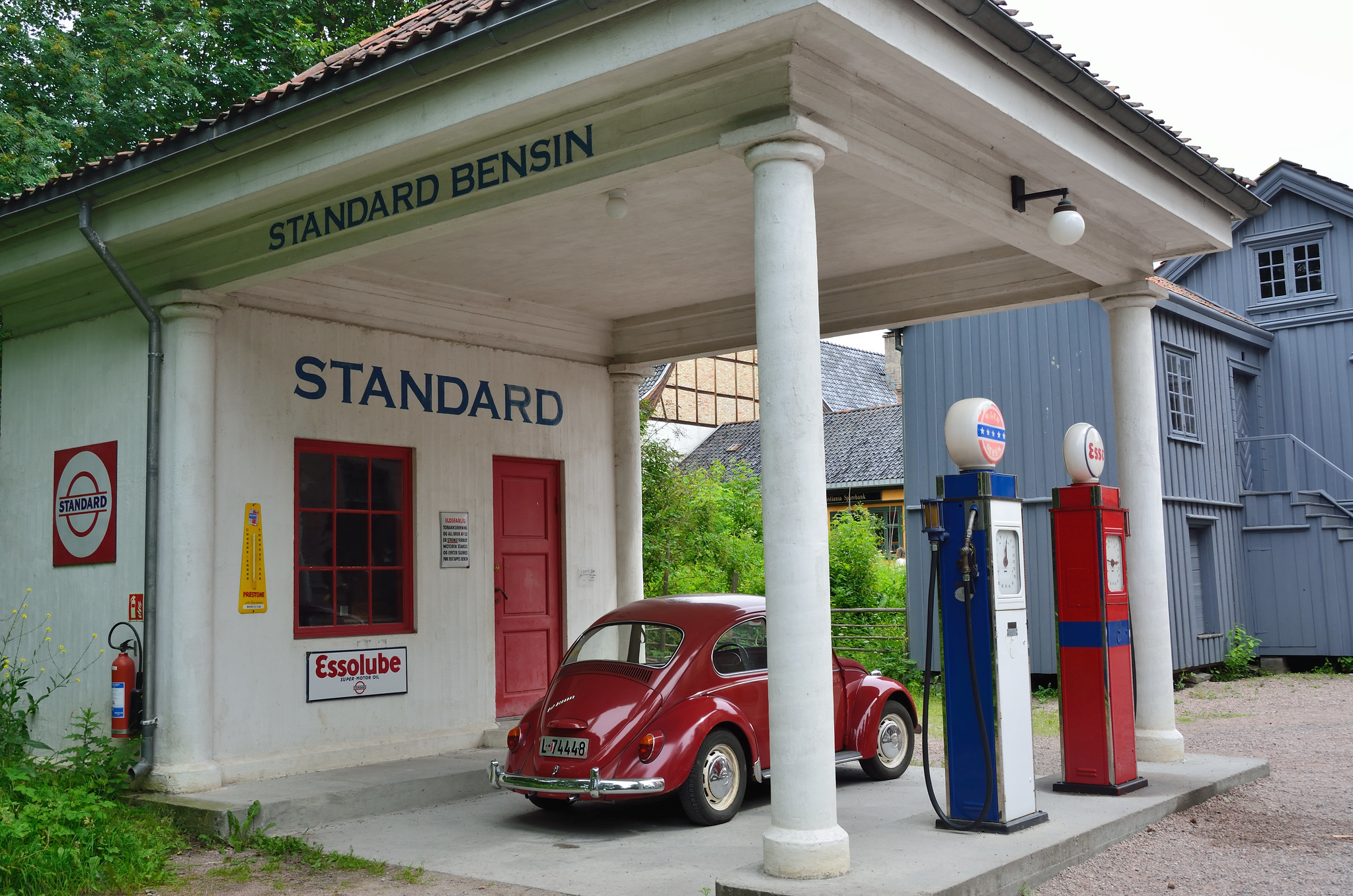
Built exclusively for the Norwegian royal family and their guests, this small wooden station combines traditional Norwegian vernacular elements with delicate Swiss chalet detailing to create an intimately scaled architectural gem. The station’s carved dragon-head decorative elements, reminiscent of medieval stave churches, demonstrate how railway architecture could express national identity even in minor structures.
Like Travel Pug’s content? Follow us on MSN.
The Heritage of Railway Magnificence
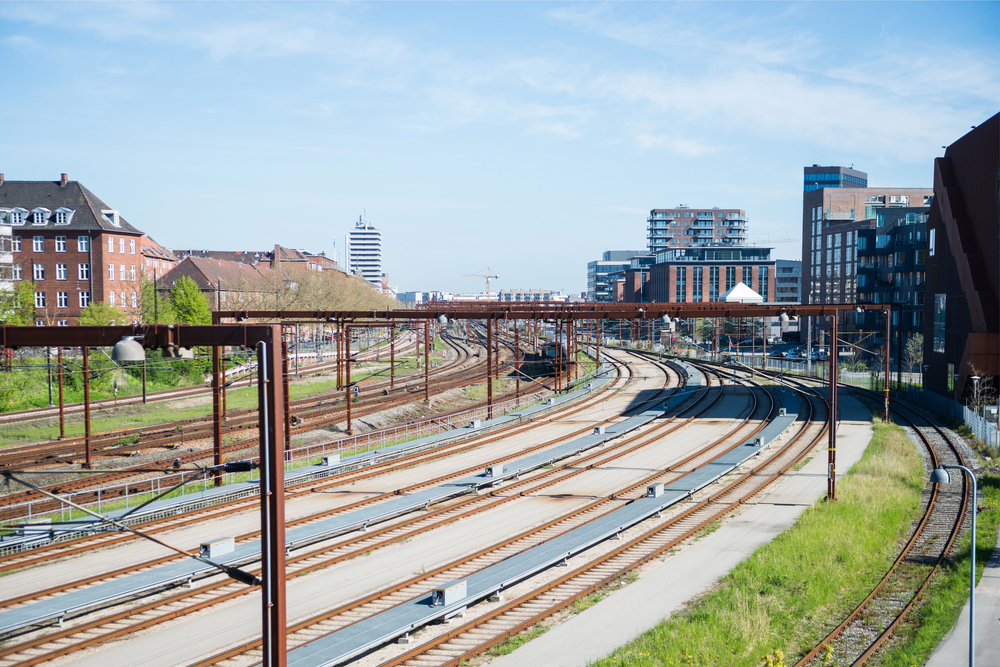
These forgotten architectural masterpieces remind us how railway stations once represented something more profound than mere transportation facilities. They embodied national ambitions, technological progress, and cultural identities through architectural language designed to impress and inspire.
As modern transportation shifts toward standardized efficiency, these structures preserve the artistic ambition and regional distinctiveness that characterized Europe’s railway golden age. Though many now stand quiet or repurposed, their architectural legacy offers valuable lessons about creating public infrastructure that serves practical needs while elevating everyday experiences through thoughtful design, cultural resonance, and genuine beauty—principles worth remembering as we build the transportation networks of tomorrow.
More from Travel Pug

- 20 Towns Built for One Purpose That Were Later Abandoned
- 15 Hidden Spots in Disney World’s Magic Kingdom Most Visitors Miss
- 20 Once-Popular Beach Towns That Are Now Ghostly Empty
- 15 Canyons in the U.S. That Are Just as Stunning as the Grand Canyon
- 10 Under-the-Radar Mountain Towns That Are Both Affordable and Beautiful
Like Travel Pug’s content? Follow us on MSN.
